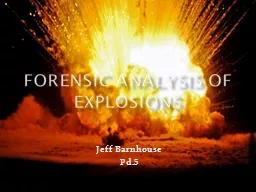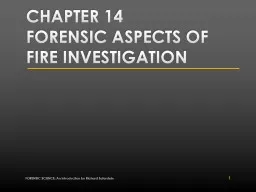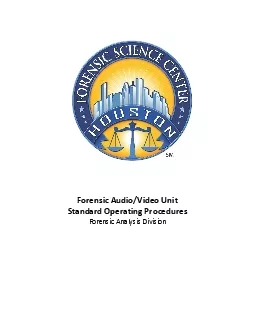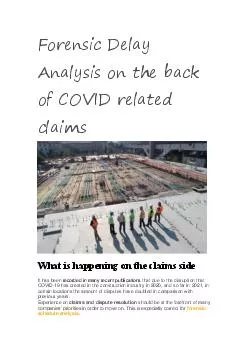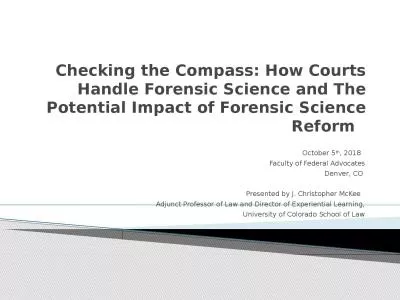PPT-Forensic analysis of Explosions
Author : liane-varnes | Published Date : 2016-10-10
Jeff Barnhouse Pd5 Explosions A product of combustion accompanied by the creation of gasses and heat is an explosion What creates an explosion is the rapid buildup
Presentation Embed Code
Download Presentation
Download Presentation The PPT/PDF document "Forensic analysis of Explosions" is the property of its rightful owner. Permission is granted to download and print the materials on this website for personal, non-commercial use only, and to display it on your personal computer provided you do not modify the materials and that you retain all copyright notices contained in the materials. By downloading content from our website, you accept the terms of this agreement.
Forensic analysis of Explosions: Transcript
Download Rules Of Document
"Forensic analysis of Explosions"The content belongs to its owner. You may download and print it for personal use, without modification, and keep all copyright notices. By downloading, you agree to these terms.
Related Documents

